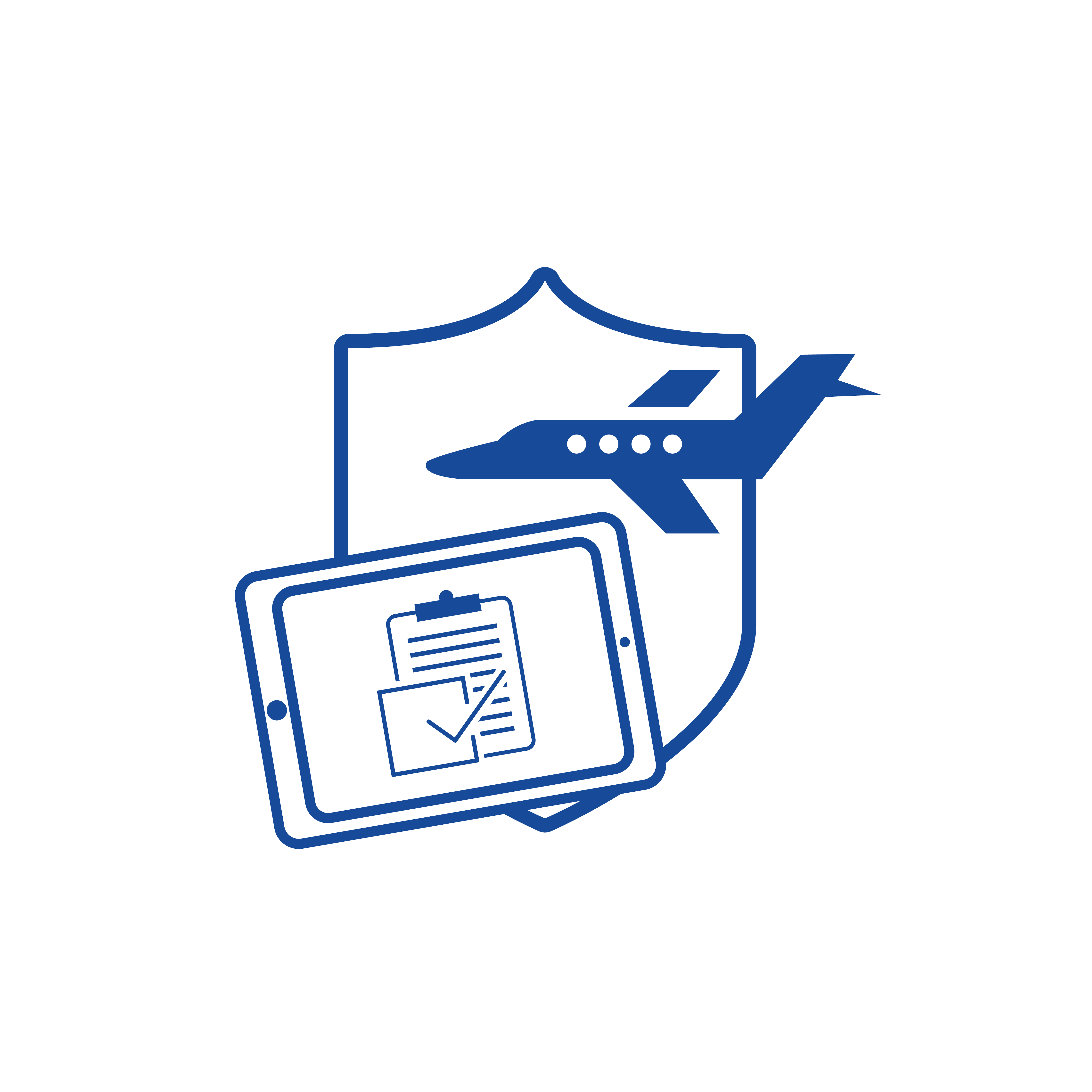An increasing number of countries are beginning to ease COVID-19 restrictions. While we will be feeling the aftermath of this global health crisis for quite some time, all industries, including aviation, should prepare for when lockdowns lift. Make the most of this time to prepare your operation for the bounce-back.
In the first part of this series, we encouraged you to use this time to close the gaps in your emergency response plan. It’s important to have the necessary tools in place to handle future emergencies, but without updated manuals, your whole enterprise may be at a disadvantage. The second part of this post-pandemic series is centered on updating your operations manuals. In-house reviews, such as updating your manuals, conducting internal audits, and checking your LOAs should be on your annual to do list anyway, so why not take the opportunity during this down time and get a head start?
Catch Up on Paperwork
If you are operating without a digital toolkit, it can be a headache to manage required paperwork. So now is a great time to catch up on all those documents you were previously too busy to complete, finish the manuals you were already working on, and get started on some new ones that have been on your to do list for far too long.
- If you don’t have an Operations Manual yet, it’s time to get one. Whether you’re an FBO, drone operator, or flight department, an Operations Manual supports your organization by standardizing your guidelines, making it that much easier for new and existing employees to perform their duties in line with the way you do things. Without this internal guide, you may be vulnerable to safety or efficiency issues. Keep in mind that an Operations Manual is a lot less daunting than most people realize – it should simply reflect the complexity of your organization.
- Ensure you have the right documents in place to make it easier to stay in compliance with your LOAs. For most LOAs, operators are required to continually ensure their crews have been trained on, have knowledge of, and/or have access to applicable procedures. Having a manual that contains the relevant procedures and is continually kept up to date is the easiest way to demonstrate compliance and avoid findings or even potential fines.
For global operations, this means getting an International Operations and Procedures Manual .
You may also need to consider an Enhanced Flight Vision Systems manual, Part NCC Compliance solutions, or an MEL.
Check When Your Manuals Were Last Issued
When was the last time your manuals were reissued? Since regulations, procedures, and best practices are constantly changing and being revised, it’s essential to make sure your manuals are up to date and you are being notified of important changes. Documentation should be updated on an ongoing constant basis, but certainly at the very least annually.
For example, new regulations became effective just earlier this year requiring RNP-4 and Data Link Letters of Authorization to fly in certain transoceanic airspaces. Have your manuals been updated with this newest guidance?
What about the latest expansions to National Security Sensitive Locations and LAANC for Drones? Both of these were updated with new locations in late 2019.
Audit Your Flight Plans
Flight plans are an essential part of your operation, but the FAA is increasingly finding flight plans have not been filled out correctly. On top of needing them for every flight, your organization must also provide a sample flight plan to obtain certain LOAs. When submitting an LOA application, the FAA will review flight plan codes, specifically in items 10 and 18. Having correct flight plans is critical to ensure uninterrupted flights and smooth LOA applications.
Find out more on how to evaluate your operation with an Internal Audit Program to ensure a culture of continual improvement. For organizations looking to audit their current flight plans, the International Operations and Procedures Manual is a great place to start to review applicable codes and requirements.
Work on Your Letters of Authorization
Applying for LOAs can be a lengthy process – don’t wait until you need one to apply for it. During COVID-19 the FAA and inspectors are still reviewing applications and issuing authorizations. Since it can take several weeks, or even months, to be granted an LOA, start your application before operations are back to full speed.
When applying for an LOA, you’ll need paperwork such as a cover letter, documentation of proper operations procedures, and copies of AFM pages and training certificates, to name a few. Luckily, after these applications are approved, LOAs do not usually expire. This means that unless there are significant operational changes, you will not have to go through this application process for the aircraft again.
The first step is to understand what your organization needs: not every flight department needs every LOA. If you are unsure what to apply for and how, download our free LOA Guide for clear guidance.
Feel free to contact us with any questions –we’re always ready to help.





